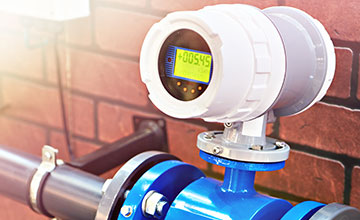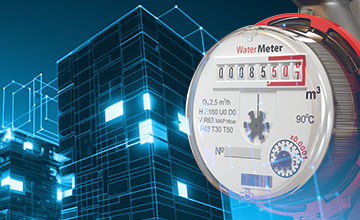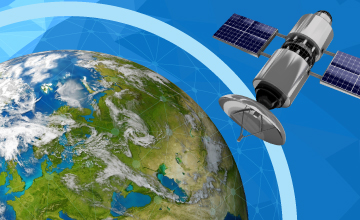Semtech's LoRa is a groundbreaking long range, low power wireless technology enabling our world to become a Smart Planet.
LoRa is the de facto platform for low power wide area network (LWPAN) technology for the Internet of Things (IoT). LoRa modulations are the ultimate solution for eliminating repeaters, reducing cost, extending battery life, and improving network capacity. Semtech's wireless radio frequency (RF) product line consists of gateways, transceivers, receivers, and transmitters that cover the radio frequency spectrum from sub-GHz up to 2.4GHz. With 10x the range and 3x less power than other IoT technologies, Semtech wireless RF integrated circuits are used internationally for applications in smart homes, buildings, cities, supply chain and logistics, metering and utilities, agriculture, industrial, retail, and more.
Ics for Sensors/Trackers
LoRa Connect™, LoRa Edge™ & LoRa Plus™
Sub-GHz, 2.4GHz and multi-band transceiver chips and reference designs for sensors and trackers.
Learn MoreIcs for Gateways
LoRa Core™
The LoRa Core portfolio consists of gateway chips and reference designs.
Learn MoreSoftware Library
LoRa Basics™
Easy to use software libraries and protocol stacks to simplify development.
Learn More
Technology
What is LoRa?
LoRa is the de facto wireless platform of Internet of Things (IoT). Semtech’s LoRa chipsets connect sensors to the Cloud and enable real-time communication of data and analytics that can be utilized to enhance efficiency and productivity. LoRa devices enable smart IoT applications that solve some of the biggest challenges facing our planet: energy management, natural resource reduction, pollution control, and infrastructure efficiency.
The LoRaWAN open specification is a low power, wide area networking (LPWAN) standard managed by the LoRa Alliance®, a non-profit technology alliance. Designed to wirelessly connect battery operated and even energy harvested things to the internet in regional, national or global networks, the LoRaWAN standard meets key Internet of Things (IoT) requirements such as bidirectional communication, end-to-end security, mobility, and geolocation services. LoRaWAN leverages the unlicensed radio spectrum in the Industrial, Scientific and Medical (ISM) band. The specification defines the device-to-infrastructure of LoRa® physical layer parameters and the LoRaWAN standard, and provides seamless interoperability between manufacturers.
Learn More ->Unlike other disruptive technologies that can be slow to gain global adoption, Semtech's LoRa devices are innovating towards the future all around the globe today. With thousands of known use cases (and growing), and millions of devices deployed on every inhabited continent, LoRa is realizing the potential of the Internet of Things (IoT). Analyst firm ABI Research estimates that, by 2026, LoRa will be the leading non-cellular low power wide area (LPWA) network technology and will account for more than half of all non-cellular LPWA connections.
Learn More ->Resources
Frequently Asked Questions
Additional FAQs
Additional FAQs
Additional FAQs




























.png)















